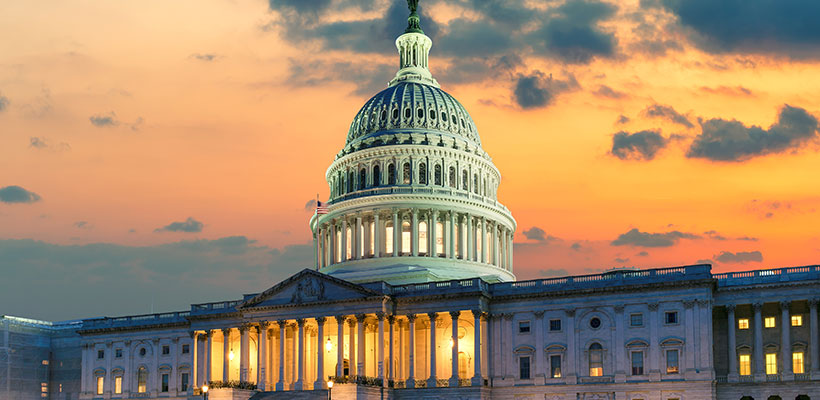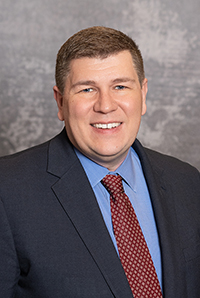Are you feeling ready? Secure Act 2.0 retirement reforms
 4 min read
4 min read

Editor’s Note: The bill was passed and signed into law in December 2022. This updated article contains more current information.
In March, the House of Representatives passed the Securing a Strong Retirement Act of 2022 (commonly known as Secure Act 2.0) by a wide bipartisan margin. The Senate worked on a similar bill last year, and while no one knows what provisions the final legislation will contain, we are hopeful the bill will become law and improve the retirement prospects of many employees. Secure 2.0 builds on the work of the Secure Act of 2019 which expanded access to employer retirement plans and encouraged employee use of the plans. Here are a few features of the latest retirement reform, Secure 2.0:
Increase credits for small businesses to offer plans. This retirement legislation expands the existing small business credit to adopt a plan and creates a credit for small employers to offset the cost of employer contributions.
Encourage automatic enrollment in plans. Significantly, the bill requires new 401(k) and 403(b) plans to include automatic enrollment and automatic escalation provisions starting in 2024. Existing plans and select employers (ex. churches, new businesses, etc.) would be exempt from the automatic deferral requirements. The bill creates a correction period for operational errors related to automatic deferrals during which employers can fix mistakes without penalty.
Expand Saver’s Credit. Starting in 2027, the Saver’s Credit is enhanced and adjusts for inflation.
Change catch -up contribution provisions. The catch-up limit increases to $10,000 from $6,500 for participants who are ages 62-64. The bill requires that catch-up contributions be made as Roth contributions.
Expand access to retirement plans for part-time workers. The Secure Act retirement legislation created a class of employees who are eligible to defer into 401(k) after working at least 500 hours in three consecutive years. This group can be excluded from employer contributions and non-discrimination testing. Secure 2.0 reduces the three-year requirement to two years and would also apply to 403(b) plans.
Increase Required Minimum Distribution age. The age at which participants begin taking Required Minimum Distributions (RMDs) from their accounts increased with the original Secure Act from 70.5 to 72. Secure 2.0 increases the age in phases from 72 to 73 in 2023, 74 in 2030, and 75 by 2033. The bill also reduces the penalty tax from 50% to 25% when an RMD is not taken on time.
403(b) enhancements. The bill clarifies 403(b) plans can participate in a Multiple Employer Plan (MEP) under certain conditions and permits adoption of 403(b) Pooled Employer Plans (PEPs). In addition, the proposed bill would allow a 403(b) plan to offer Collective Investment Trusts (CITs) which increases the availability of low-cost options to retirement savers.
Allow student loan payments to count as elective deferrals for matching contributions in 401(k) and 403(b) plans. Employers have been searching for creative ways to help employees with student loan debt save for retirement. Secure 2.0 allows employers to consider student loan payments as “deferrals” to a plan that are eligible for matching contributions.
We are hopeful the Senate and House will reach agreement and send this important retirement reform to the President for signature. Secure 2.0 represents an expansion and commitment to employer sponsored retirement plans that will help working Americans prepare for a successful retirement.
To further dialog, please reach out to Ameritas retirement plans at RPSales@ameritas.com or 800-923-2732.
Information provided is gathered from sources believed to be reliable; however, we cannot guarantee their accuracy.

John T. Webb
MBA, ERPA, QKA, QPA, TGPC, CPFA, ASRI
Vice President of Compliance
Retirement Plans
Need help with business planning products?
From comprehensive business planning to employee benefits, we can help create a financial strategy that’s best for your business.
